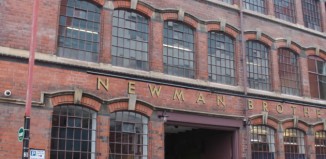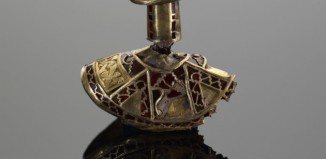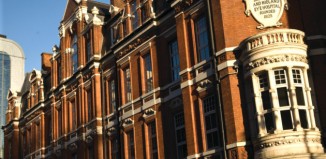Birmingham City Guide
Ros Dodd
Once an engine room of the British empire, Birmingham has come a long way to claim its place as one of the world’s hottest tourist destinations, seamlessly blending old and new.
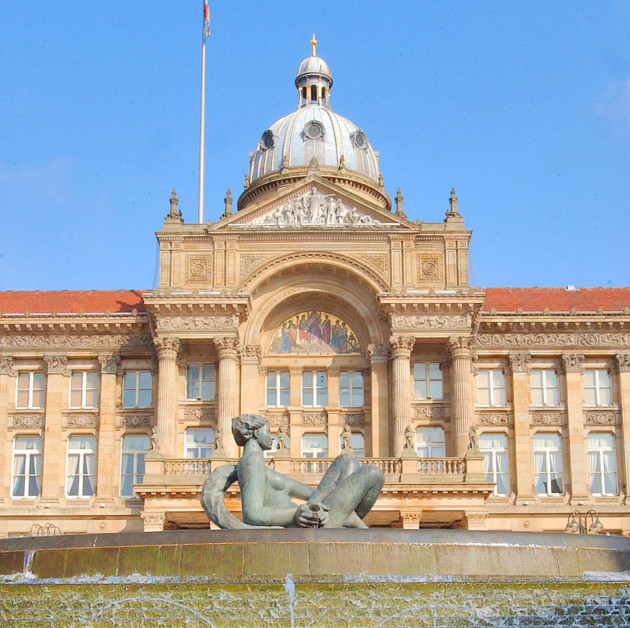
Victoria Square, Birmingham. Image by Marc Kirsten
It was once the ‘workshop of the world’, but the city of Birmingham is now officially a step up from being out of this world after it was ranked among the top 20 destinations to visit by the New York Times – placing it above Vienna, the Maldives and even outer space in 2012.
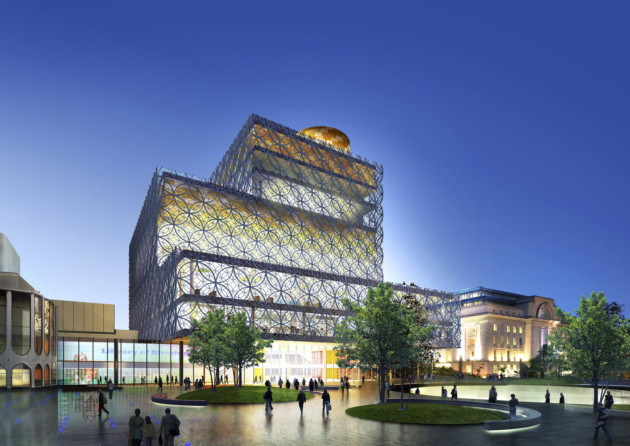
Library of Birmingham. © HayesDavidson
Birmingham has come a long way since the 1960s when its most recognisable – and derided – landmarks, Spaghetti Junction and the Rotunda, were built and the idea of it becoming a tourism hotspot was laughable.
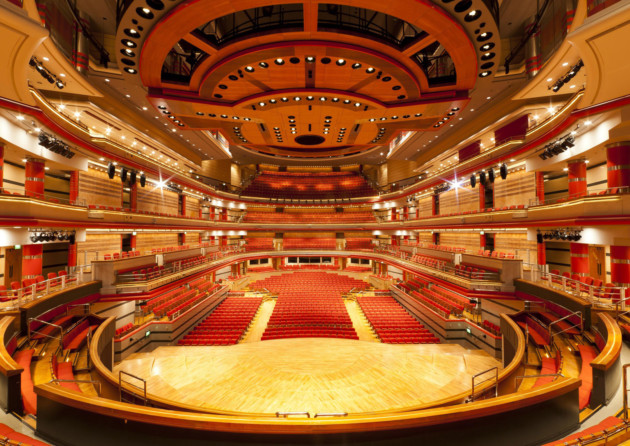
Symphony Hall. Image by Craig Holmes
The way the city has changed is perhaps best reflected in the fact both these landmarks are now considered quite groovy. When the Rotunda was given a 21st century makeover and turned into trendy apartments, people queued through the night to buy one.
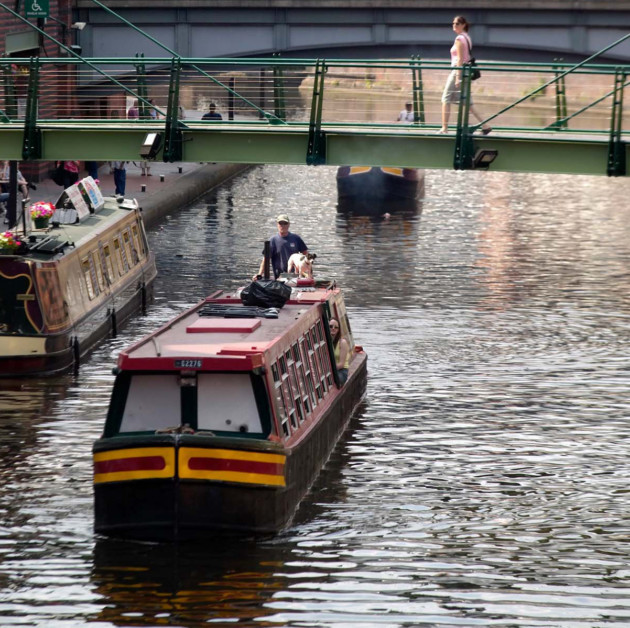
Birmingham canals. Image by Edward Moss
Furthermore, while there are still concrete eyesores that will never be groovy, the city is now confident enough to build exciting, even daring designs – the latest being the futuristic £189 million public library in Centenary Square – that sit not incongruously alongside the city’s residual Victorian architecture.
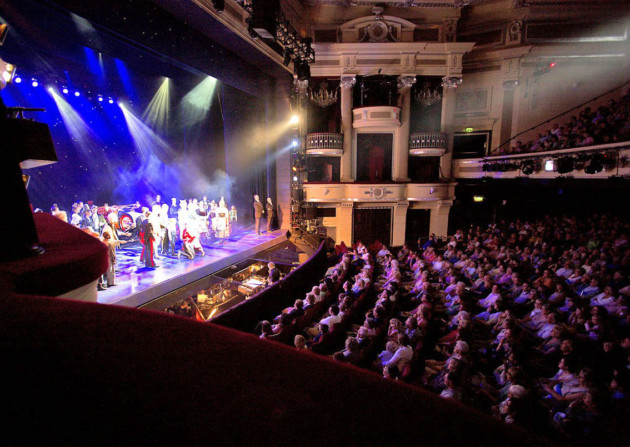
Birmingham Hippodrome. Image by Stewart Helmley
In fact, the city is now a clever blend of old and new: The Cube, a visually-stunning 25-storey, mixed-use development, graces the once industrial, then derelict and now rejuvenated canal system; Antony Gormley’s Iron Man statue stands in Victoria Square overlooked by the Council House, a classical 19th century edifice.
In Cornwall Street, is Purnell’s restaurant – another Victorian building, in redbrick and terracotta, but home to some very modern culinary ideas. It’s owned and run by the ebullient Brummie chef Glynn Purnell, who holds a Michelin star and is a regular on TV food programmes.
Once known only for its balti restaurants, Birmingham is now acknowledged as the UK’s regional capital of cuisine. It’s the only English city outside London with four Michelin-starred restaurants – the other three being Simpsons, adam’s and Turners of Harborne.
Birmingham isn’t only regional leader in the culinary stakes; it is also the most visited regional shopping destination in the UK. The Bullring has more than 160 shops, including the surrealistic Selfridges. Across town is The Mailbox – a converted Royal Mail sorting office – that is now a designer shopping centre.
Despite all the grandness, the city centre is compact enough for visitors to walk between most of its main attractions. However, one of the most pleasant ways to start exploring is to cruise the canals, which played a major role in the city’s 18th century industrial boom and put it on the global map. The first of its canals was built by James Brindley between 1768 and 1772 and raw materials from the neighbouring Black Country were shipped in by barge. A raft of goods, from guns and chains to pens and jewellery, was made in Birmingham and exported to all corners of the world.
But Birmingham was an economic force to be reckoned even before then. In fact, Birmingham’s commercial roots date back to 1166, when Lord of the Manor Peter de Birmingham obtained a Charter of Marketing Rights from Henry II to hold a weekly market at his stately pile in what is now Bradford Street. Birmingham was the first place in the country to have its own market and it was this that put the once-insignificant Anglo-Saxon settlement on the road to industrial greatness. Within a century of the charter, Birmingham was a prosperous urban centre of merchants and craftsmen.
During the redevelopment of the Bullring in 2000, archaeologists unearthed leather tanning pits dating from the 13th century. The name Bullring comes from a green within an area known as Corn Cheaping – in reference to the corn market on the site – where bulls were tethered to a hoop, or ring, of iron for baiting before slaughter. Bull-baiting days are long gone, but the Bullring markets – indoor and outdoor – are still going strong today, drawing six million shoppers a year.
Another survivor from Birmingham’s trading days is the Jewellery Quarter, which at its peak in the early 1900s employed more than 30,000 people. Although the industry declined during the 20th century, 40 per cent of the UK’s jewellery continues to be made here. After browsing the 100-plus shops, you can discover more of the history of the area at the Museum of the Jewellery Quarter in Vyse Street.
You can also pay a visit to the Coffin Works, a brand new attraction in Fleet Street opened in October 2014, where the 100-year history of Coffin makers The Newman Brothers is relayed.
A short walk away is Centenary Square on Broad Street, dominated – at least until the new library went up – by the International Convention Centre, which houses Symphony Hall, home of the City of Birmingham Symphony Orchestra, where conductor Sir Simon Rattle made his name.
Birmingham is officially the youngest city in Europe (under 25s account for nearly 40 per cent of its population) and a stroll past Broad Street’s wall-to-wall pubs and clubs reveals it as the place to party.
More alternative nightlife can be found in the area known as Southside, which takes in the Chinese Quarter. Here, too, is the Birmingham Hippodrome, the UK’s busiest theatre, and, next door, the National Trust-owned Back to Backs – Birmingham’s last surviving court of back-to-back houses dating from the 1840s.
For visitors looking for culture Birmingham is awash with museums of all kinds: the Museum & Art Gallery in Chamberlain Square features the world’s largest collection of pre-Raphaelite art as well as the Staffordshire Hoard; Sarehole Mill in south-east suburb Hall Green features in The Lord of the Rings by JRR Tolkien, who as a boy lived 300 yards from the water mill; and Soho House in Handsworth was Matthew Boulton’s 18th century home and the meeting place of the Lunar Society.


